2025-04-01 Noodle Culture in Japan
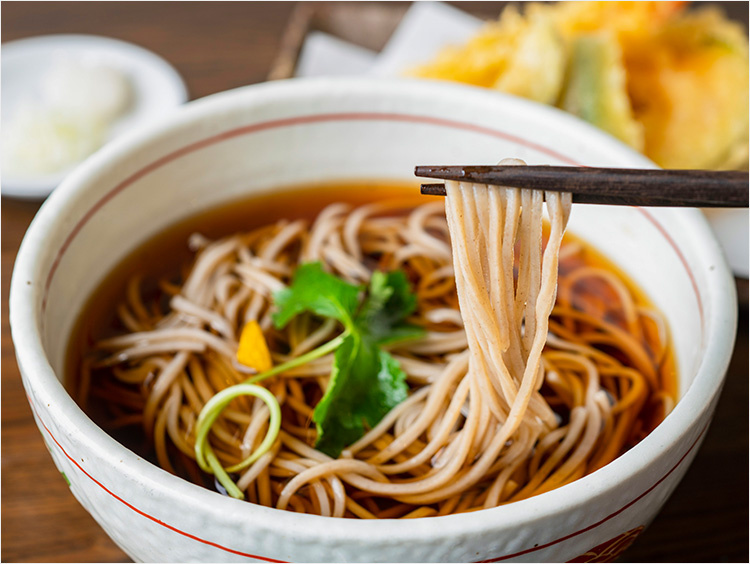
②Soba Noodle
Soba is made from buckwheat seeds. Buckwheat seeds contain high-quality protein, fiber, vitamins, minerals, and many other nutrients. This is why Soba is known as a healthy food. The main production areas are Hokkaido, Nagano, Fukui, etc.
One-fifth of the soba consumed in the world is in Japan.
Since it has various nutrients and is free of gluten, soba is becoming popular all over the world.
Japanese Soba is mainly divided into two types; hot soba and cold soba. The hot soba is provided inside the warm soup. The soup usually contains some vegetables and other toppings.
It is interesting that one of the most famous soba menus are “Kitsune” and “Tanuki”, meaning “Fox” and “Japanese Raccoon.” Kitsune Soba contains sweetened deep-fried tofu (Abura-age), and it is called fox in Japanese because of the folklore that foxes like tofu, which is the ingredient of Abura-age.
Tanuki Soba contains “Tenkasu (crunchy bits of deep-fried dough produced as a byproduct of cooking tempura)” or shrimp and vegetable fritters, and it is said that the shape of the toppings looks like raccoons.
The cold soba, which is called "Zarusoba," is provided with cold dipping soup. It is usually provided with some toppings such as green onions, nori seaweed, wasabi, etc. The toppings come in separate plates, so you can choose what to eat with.
Soba Restaurant: Soba and Boutique Sake KAN-UN

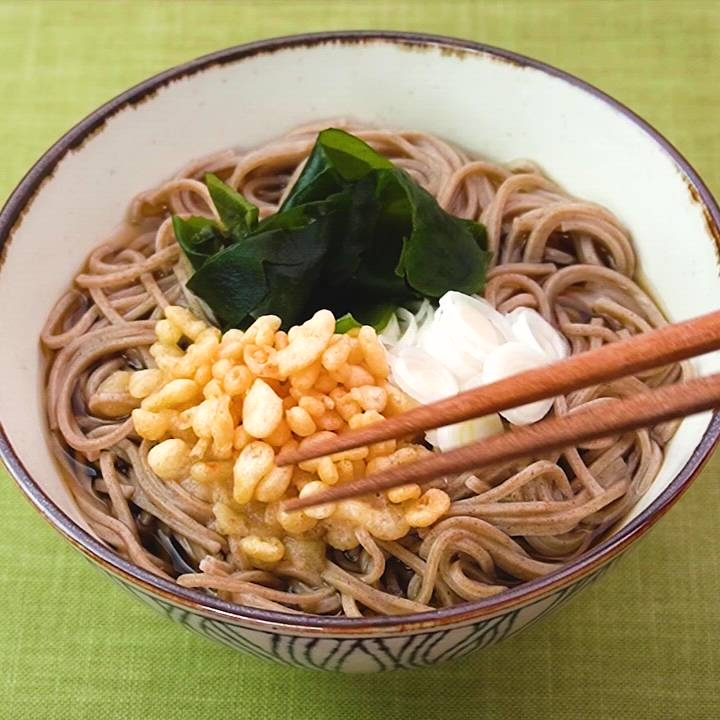
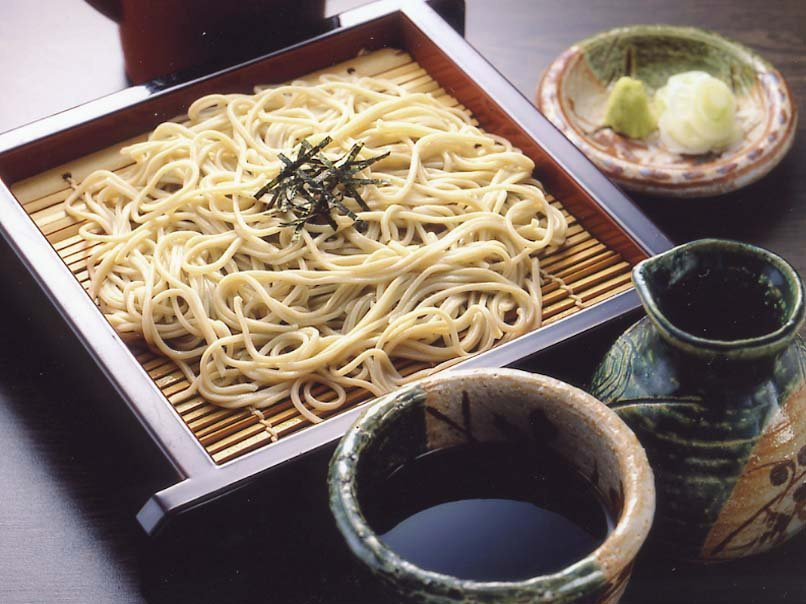
The other feature is that the taste and appearance differ by the ratio of ingredients.
Soba is made from buckwheat, or the combination of buckwheat flour and wheat flour. When the buckwheat flour percentage is higher, you can feel more flavor of buckwheat. When the wheat flour is high, the thirst and texture will be more smooth and is relatively inexpensive and easy to obtain.
Some patterns have names. “Nihachi (two and eight) Soba”, for example, refers to soba made with 20% of wheat and 80% of buckwheat.
Even if you use the same ratio between buckwheat flour and wheat flour, the resulting soba noodles will be completely different depending on the quality and conditions of the flour, how you add water, and how you make soba.
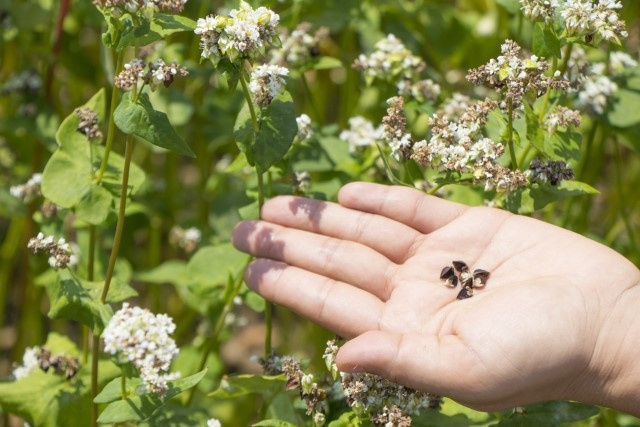
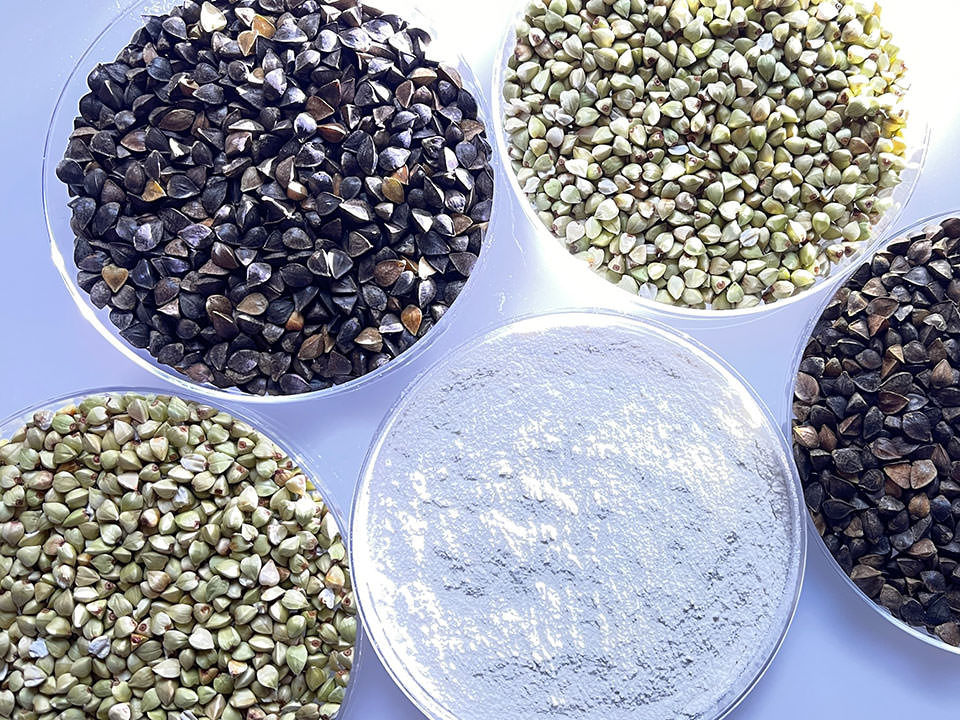
Soba has a great connection with Japanese culture. People eat soba in daily life, but also for special occasions. For New Year’s Eve, people eat hot soba, which is called “Toshikoshi Soba,” There are many reasons for eating soba for New Year’s Eve, but some say that when the epidemic was spread, people ate nutritious soba to wish good health.
Another occasion is when you move the house. It is called “Hikkoshi Soba.” It was started from the tradition that after moving in, people used to give soba to the neighbors as a greeting gift.

